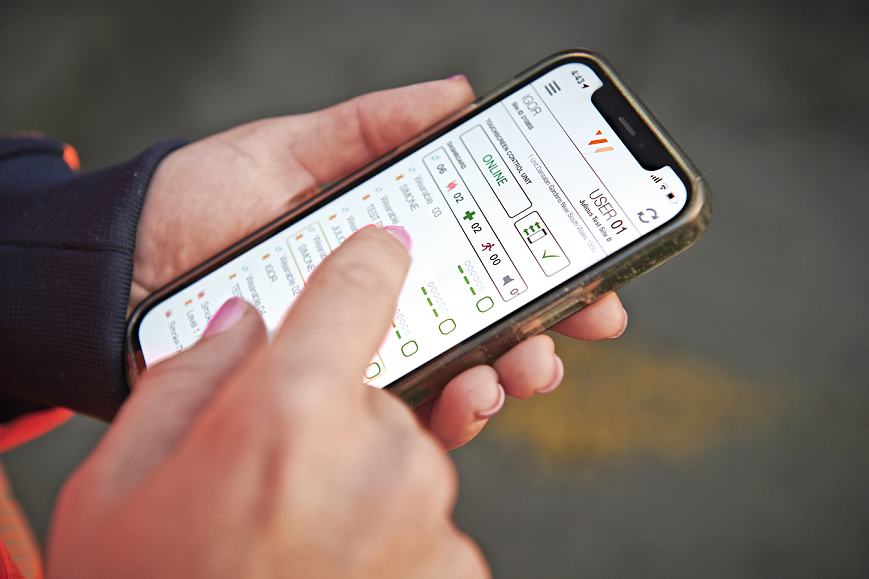The Australian Work Health and Safety Regulation 2017 stipulates that a person conducting a business or undertaking at a workplace must ensure that an emergency plan exists, covering: procedures, testing and training.
The regulation is broad in that it doesn’t specify the how or the what, just that some sort of plan exist. Essentially, it’s largely up each business to identify what suits their working environment, their workers, and their budget.
On the other hand, you have the introduction of state based industrial manslaughter laws. In Queensland and the Australian Capital Territory (and potentially the Northern Territory by end 2019 – see here for more info) there now exists laws that could see senior officers and employers face life imprisonment if their conduct is found to be reckless or negligent and caused a workplace fatality. Businesses, regardless of their size, are also liable for fines up to $10 million.
So it appears there’s a disconnect between the national safety regulation – which can be interpreted by the business in a manner that they see fit – and a state based legislation that punishes employers and management for not adhering to the regulations in a manner that the legal system sees fit.
SO WHERE DOES THAT LEAVE THE CONSTRUCTION INDUSTRY?
If you’re not in a position to hire consultants to develop a plan for you that addresses the regulation AND ensures you’re there’s no room for recklessness or negligence by you or your staff, then the best approach is probably to break down the regulation and expand on each of the following areas with a detailed plan.
EMERGENCY PROCEDURES
The plan needs to cover the most common types of emergencies your business is likely to experience including human error, environmental, accidental and medical. Then you need to address the following:
- What is considered an effective response to each of these emergencies?
- Which personnel within your business needs to be involved?
- What is the communication process to alert key personnel/staff on site to the emergency?
- What is a reasonable time for the response to take place?
- What equipment is required as part of this plan?
- What’s an evacuation event and the procedure for conducting a full or partial one?
- How will you log the emergency (and the response/actions taken) for reporting and auditing?
Vanguard Wireless’ safety alert systems are configured to your specific site requirements and feature nurse call triggers, nurse call sirens, evacuation triggers and evacuation sirens. The connectivity and power of each unit is monitored by the control panel, with any issues logged immediately. Vanguard Wireless’ proprietary smartphone app and SMS notifications make it even easier to maintain a holistic view of how the system is operating.
TESTING OF EMERGENCY PROCEDURES
Testing is important as you need to be confident that your plan is operational. It’s one thing to imagine a scenario and draft a response, but testing that scenario will help identify flaws in the response that will impact the process and overall outcome. You need to regularly put your theories into practice.
- Is it easy for anyone to raise an alert?
- What equipment is used and is it operational (clean, powered, connected)?
- Is the equipment easy to access/find?
- Are your supplies are up to date? For example, if you have a defibrillator on site you need to make sure the pads that adhere to the chest are within their use by date.
- Is it easy to communicate to key personnel? Do you have up to date mobile numbers? Do you have emergency contact details for all your staff?
- Do your team understand what to do and when to do it?
With real time notifications, it’s not necessary to test Vanguard Wireless’ safety alert units, but you may wish to do so as part of your overall procedure testing.
TRAINING ON AND OFF SITE PERSONNEL ON YOUR EMERGENCY PROCEDURES
When an emergency event occurs, it can be very easy for people to panic, particularly if they have no idea what to do, or when to do it. In addition to this, employees in their first month on the job have more than three times the risk for a lost-time injury than workers who have been at their job for more than a year (according to research from the Toronto-based Institute for Work & Health). So when you review your training, you need to consider not only your existing workforce, but also your new staff and any contractors you have on site.
- Are your procedures clear and easy to understand?
- Do you train them in an engaging way?
- Do you make it easy for them to ask questions or voice concerns?
- Are there materials you can provide staff that they can reference on an ongoing basis?
- Can you improve reach by communicating with your workforce in more than one manner?
- Do you follow up after the training to test if the knowledge has been retained?
- How do you train the trainers?
Vanguard Wireless induct safety management on any new system install (additional induction sessions can also be arranged). It’s important that all staff understand how to raise a nurse call or evacuation alert, and that key personnel understand what action to take once the alert is raised. The new smartphone app and SMS notifications feature are intended to improve response times and communication effectiveness.
To find out more about Vanguard Wireless, send an email to: info@vanguardwireless.com.au


